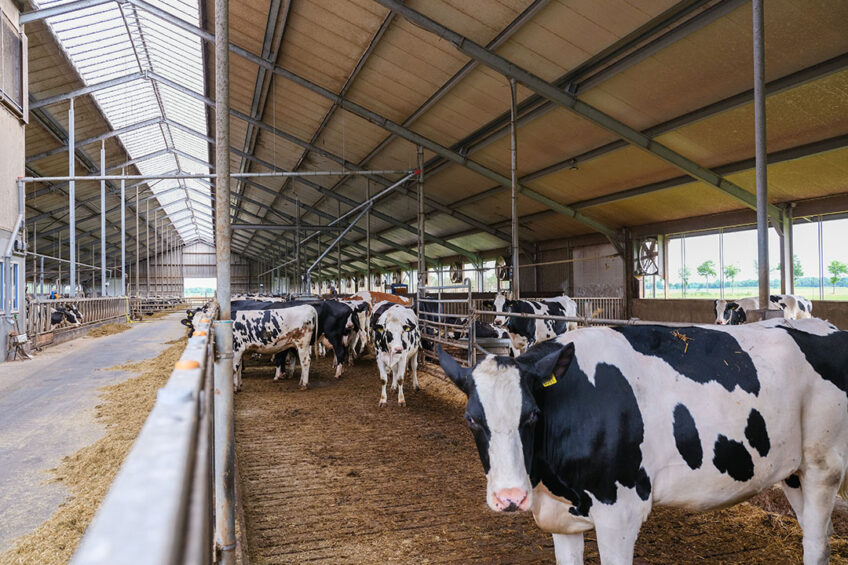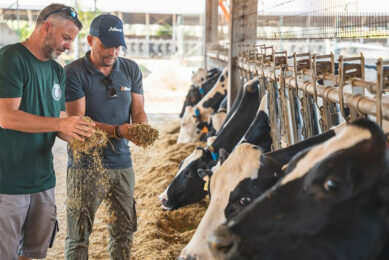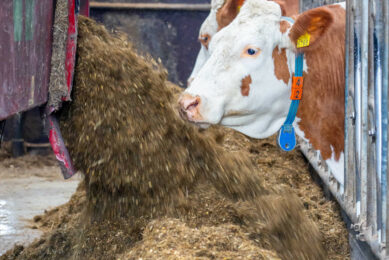Sustainable dairy: precision livestock farming’s effects

Researchers have found that precision livestock farming provided greater sustainability on differing dairy farms than traditional techniques.
Precision livestock farming techniques include sensors and tools to install on livestock farms and/or animals to monitor them and support the decision-making process of farmers. Precision livestock farming also detects alerting conditions and improves livestock efficiency.
The direct consequences of this monitoring include enhanced animal welfare, health and productivity, improved farmer lifestyle (fewer hours), knowledge and traceability of livestock products. The indirect consequences, instead, include improved carbon footprint and social-economic indicators of livestock products.
Researchers from the University of Milan, Italy, looked at developing an indicator applicable to dairy farming that takes into account the indirect consequences.
Sustainability pillars at dairy farms
The indicator was developed combining the 3 sustainability pillars (with specific criteria): environmental (carbon footprint), social (5 freedoms of animal welfare and antimicrobial use) and economic (cost of technology and manpower use).
It was then tested on 3 dairy farms in Italy, where a baseline traditional scenario (BS) was compared with an alternative scenario (AS) where precision livestock farming techniques and improved management solutions were adopted.
The first farm looked at heat stress, while the remaining 2 concentrated on the detection of oestrus events and effect of free access to pasture.
The results highlighted that the carbon footprint reduce in all AS by between 6% and 9% and the socio-economic indicators entailed improvements in animals and workers welfare with some differences based on the tested technique.
Investing in precision livestock farming techniques determines positive effects on all/almost all the criteria adopted for the sustainability indicators, with case-specific aspects to consider. The researchers say that being a user-friendly tool that supports the testing of different scenarios, the indicator could also be used by stakeholders (policy makers and farmers) to identify the best direction towards investments and incentive policies.
· Climate change and socio-economic assessment of precision livestock farming in dairy farms: Three case studies is published in the journal Science of the Total Environment.
Join 13,000+ subscribers
Subscribe to our newsletter to stay updated about all the need-to-know content in the dairy sector, two times a week.










